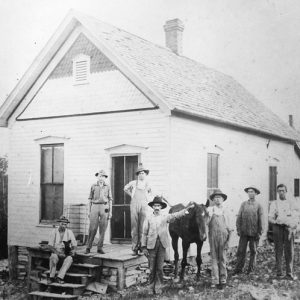 Bear Drugstore
Bear Drugstore
Entry Type: Place
 Bear Drugstore
Bear Drugstore
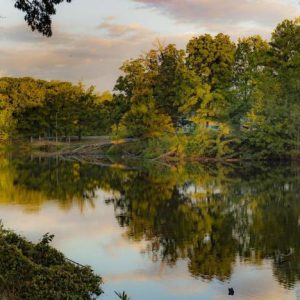 Bear Creek Lake
Bear Creek Lake
 Bear Hollow Natural Area
Bear Hollow Natural Area
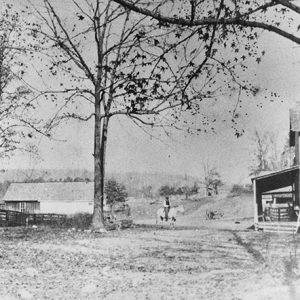 Bear Home and Hotel
Bear Home and Hotel
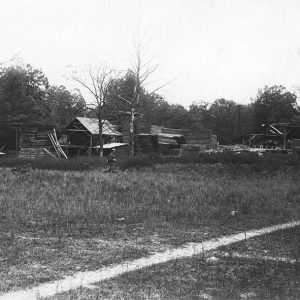 Bear Lumber Yard
Bear Lumber Yard
Bearden (Ouachita County)
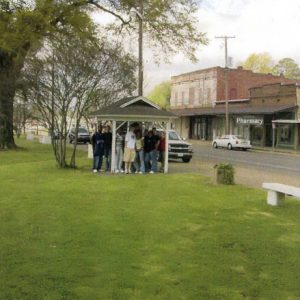 Bearden Main Street
Bearden Main Street
 Bearden Railroad Depot
Bearden Railroad Depot
Beaton (Hot Spring County)
Beauchamp (Scott County)
 Black Fork Creek
Black Fork Creek
Beauvoir College
Beaver (Carroll County)
Beaver Dam and Lake
 Beaver Dam and Lake
Beaver Dam and Lake
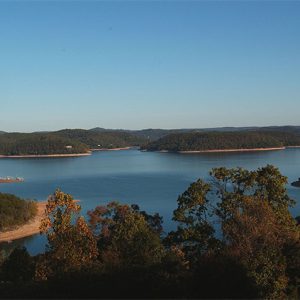 Beaver Lake
Beaver Lake
 Beaver General Store
Beaver General Store
 Beckham Creek Cave
Beckham Creek Cave
 Becky Paneitz Student Center
Becky Paneitz Student Center
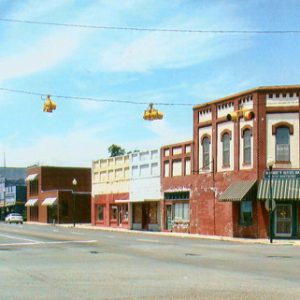 Beebe Street Corner
Beebe Street Corner
Beebe (White County)
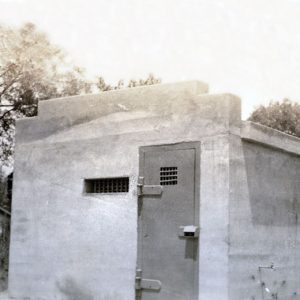 Beebe Jail
Beebe Jail
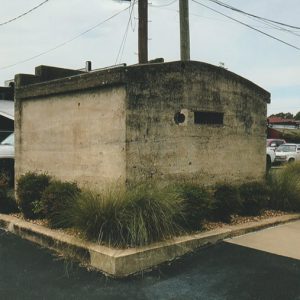 Beebe Jail
Beebe Jail
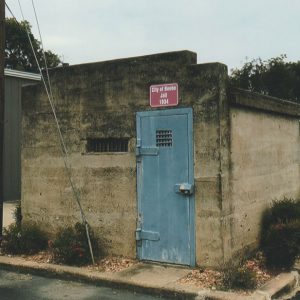 Beebe Jail
Beebe Jail
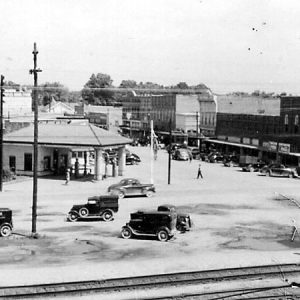 Beebe Street Scene
Beebe Street Scene
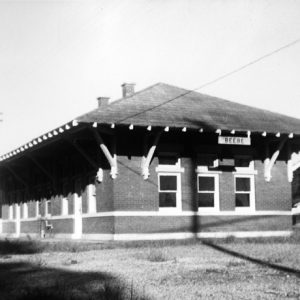 Beebe Train Depot
Beebe Train Depot
Beedeville (Jackson County)
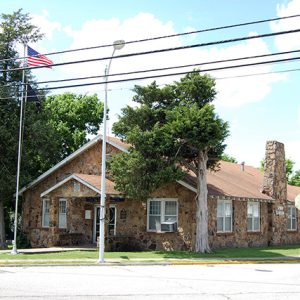 Beely-Johnson American Legion
Beely-Johnson American Legion
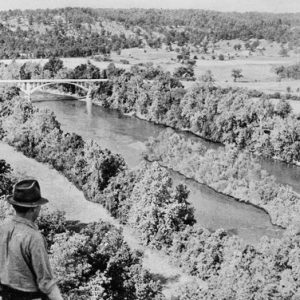 Before Norfork Lake
Before Norfork Lake
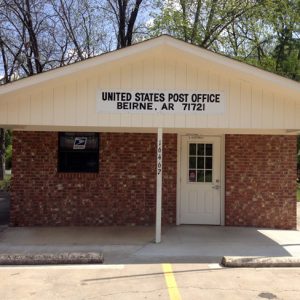 Beirne Post Office
Beirne Post Office
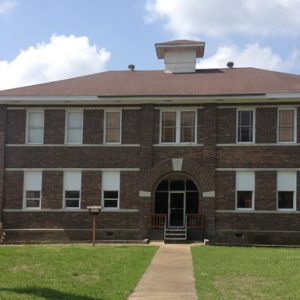 Beirne School
Beirne School
Beirne (Clark County)
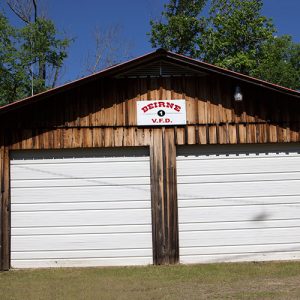 Beirne Fire Department
Beirne Fire Department
Belfast (Grant County)
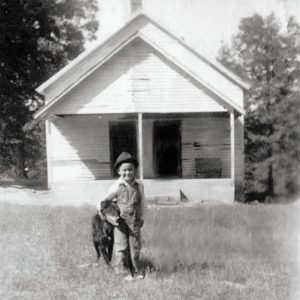 Bell Grove School
Bell Grove School
 Bell Slough
Bell Slough
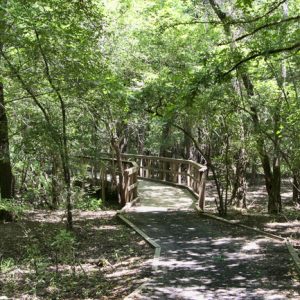 Bell Slough Trail
Bell Slough Trail
Bell Slough Wildlife Management Area
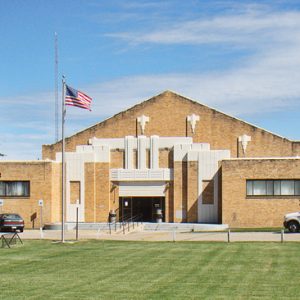 Earl Bell Community Center
Earl Bell Community Center
 Bella Vista
Bella Vista
Bella Vista (Benton County)
 Bella Vista Historical Museum
Bella Vista Historical Museum
 Bella Vista Plan
Bella Vista Plan
Bellaire Court Historic District
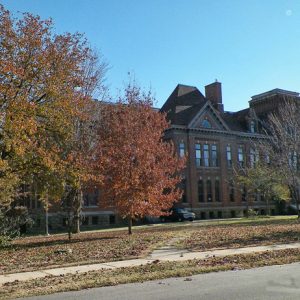 Belle Grove School
Belle Grove School
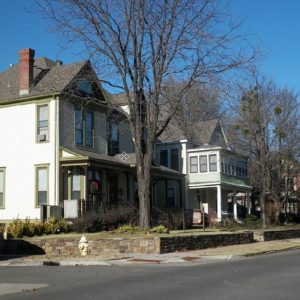 Belle Grove Street Scene
Belle Grove Street Scene
 Belle Grove Street Scene
Belle Grove Street Scene
Belle Grove Historic District
 Belle Point Hospital
Belle Point Hospital




